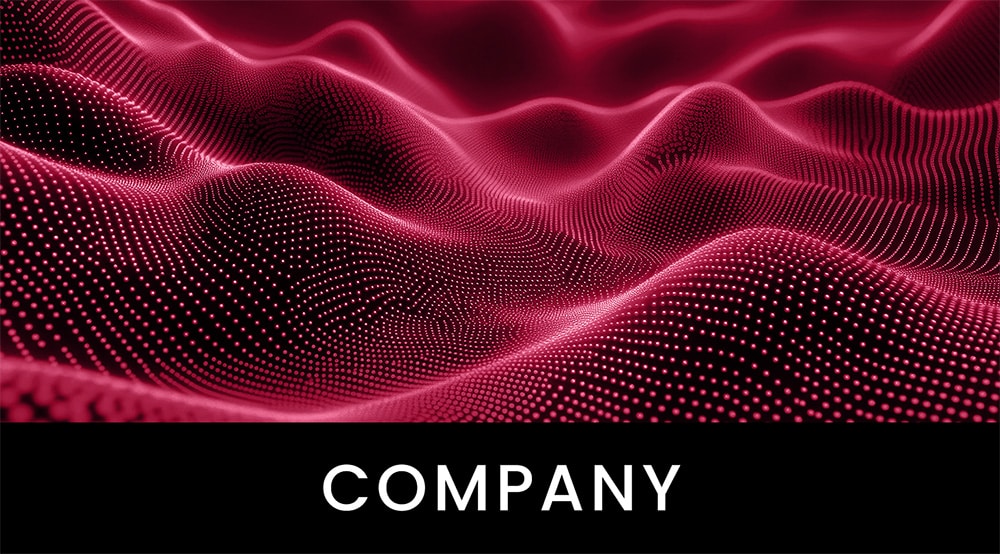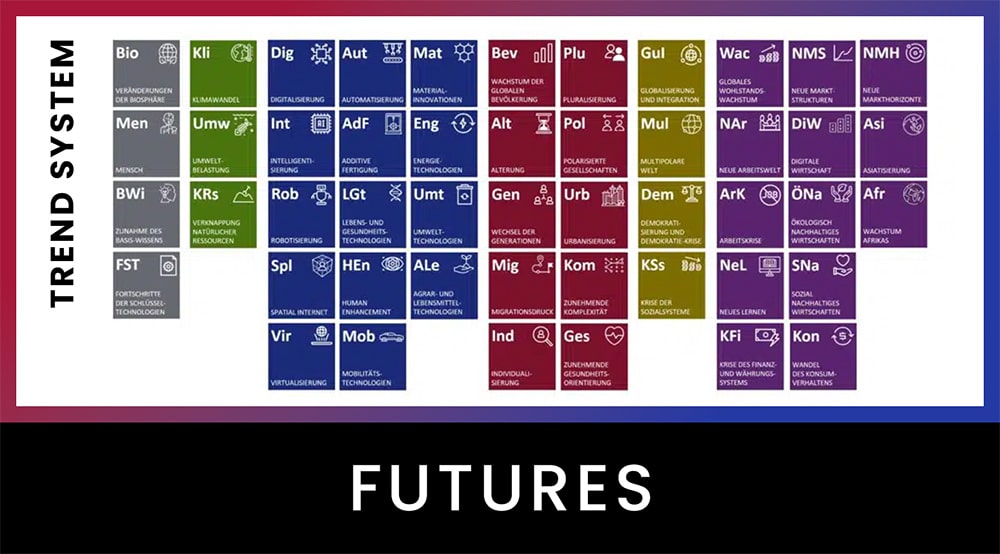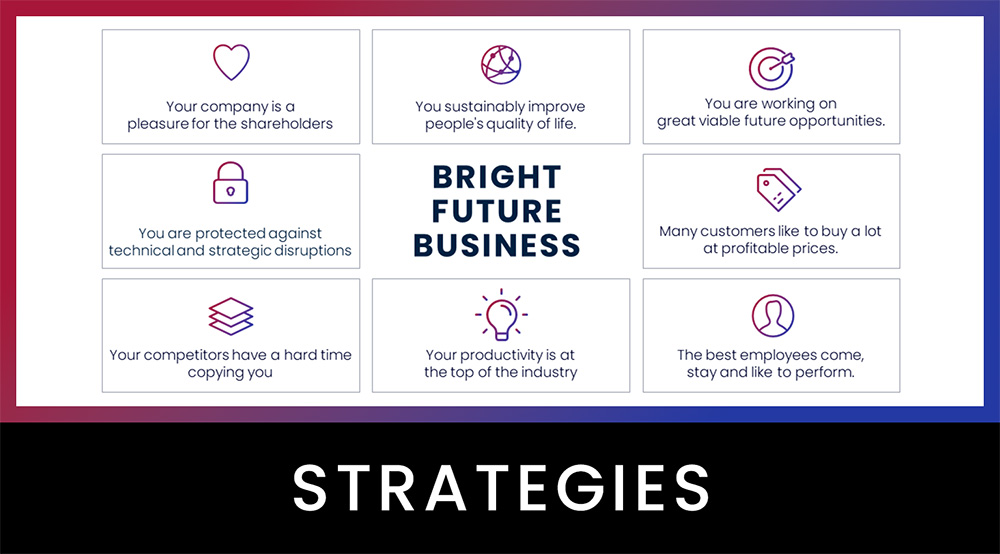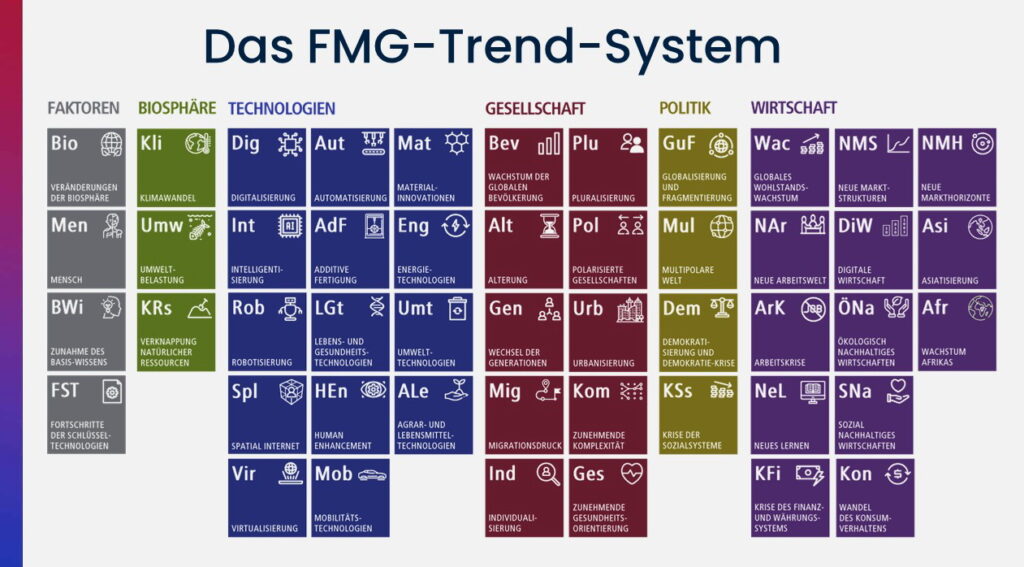Megatrend individualization
From the FMG Trend System: For your future-proof company
Megatrend individualization – the development of the ego
Never before has the individual been more important in Western societies than today. Individualization permeates all areas of life – from work and leisure to consumption and relationships. People strive to shape their lives according to their own ideas, to stand out from the crowd and to make individual decisions, regardless of traditional norms and milieus.
This development not only brings with it a multitude of new lifestyles and consumer preferences, but also changes markets, product worlds and the world of work. It is becoming increasingly important for companies to develop offerings that can be personalized and adapted to the diversity of individual needs and values. To the overview of all megatrends.
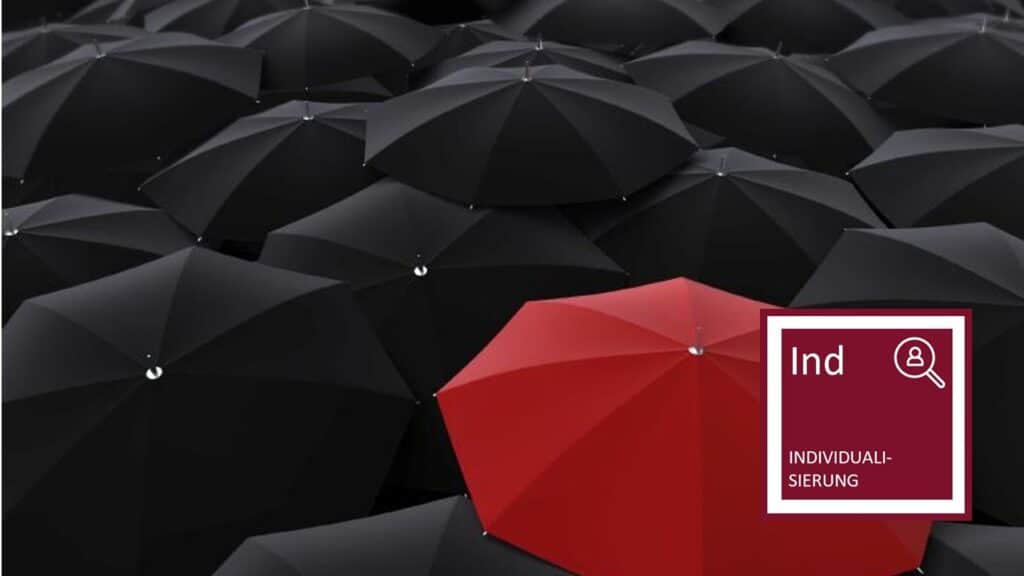
What does the megatrend of individualization mean for companies?
Individualization is changing customer demands, career paths and even social values. In a world in which self-fulfilment is becoming the social norm, new expectations are being placed on brands, products and working conditions. Companies that ignore these changes run the risk of losing relevance – whether in recruiting, product development or brand communication.
Companies are therefore faced with the challenge of catering to an increasingly heterogeneous target group. At the same time, the trend offers opportunities for differentiation – through personalized offers, flexible services and authentic brand positioning.
- Societies are changing profoundly in terms of their structure, values and behavior. The megatrend of individualization is just one of many that could be relevant for the future of your business.
- FMG’s trend system makes these complex social developments tangible. In addition to megatrends from society, politics, the economy, technology and the biosphere, it also includes future factors as drivers of change.
- You can find out more about megatrends on our page Overview of all megatrends.
Key developments in the individualization megatrend
1. design yourself: self-realization as a market mechanism
Self-expression, self-optimization and self-realization have become key drivers of consumption. “Design Yourself” describes the tendency to actively and visibly shape one’s own life – and in particular one’s own self. This is not just about aesthetics or lifestyle, but about the conscious development of a unique identity – often with the help of consumption, technology and digital platforms.
This form of individualization is closely linked to the advertising and consumer world. At the same time, the need for authenticity and depth is growing – an area of tension that opens up new business opportunities.
Sub-trends and aspects:
Self-optimization through technology and coaching: biohacking, fitness apps, meditation coaches – the market is booming.
Individual life planning instead of standard biographies: traditional CVs are becoming less important, life paths are becoming more flexible.
Do-it-yourself identity: clothing, body, appearance – everything is individually curated and staged.
Authenticity as the highest value: people want to be “real” – and are increasingly checking this with brands too.
Personalized products and services: From tailor-made sneakers to individualized training.
Body modification & self-staging: tattoos, piercings and digital filters are part of the new you.
Lifelong realignment: People change jobs, environments and styles more frequently – always in search of the “right self”.
Customization in education and careers: Individual learning paths and careers replace uniform educational models.
2. singleization: new housing, relationship and living models
The number of people living alone in Western societies is steadily increasing. What used to be considered the exception is now the norm: a life without a fixed partnership, marriage or family. The reasons range from increased individualism and professional mobility to a conscious rejection of traditional relationship norms.
Singleization is not only changing the housing market, but also consumer behaviour, media offerings, mobility concepts and healthcare markets. Companies have to adapt to smaller household units, more flexible services and new target groups – from urban young professionals to active senior citizens.
Sub-trends and aspects:
Deciding to marry later or not at all: many choose more consciously – or decide not to marry at all.
Increasing number of single-person households: Singles are the dominant form of housing, especially in cities.
Elective affinities & families of choice: Circles of friends are replacing traditional family structures.
Urban individualism: city life promotes independence – spatially and emotionally.
Solo vacations & individual offers on the market: From hotels to insurance – products for individuals are booming.
Single parents as a reality: a growing target group with specific needs.
Withdrawal into the private sphere: changed social routines, new forms of being alone.
Rising proportion of people living alone permanently: Being single is increasingly no longer a transitional state.
Conclusion
People are increasingly defining themselves by their lifestyle, not by role models – brands must be connectable.
Standard offers are becoming less relevant; solutions that adapt to individual life realities are in demand.
The desire for meaning, freedom and self-realization shapes purchasing behaviour and employee loyalty.
Business models that focus on diversity, flexibility and personalization have clear competitive advantages.
- With the Future Radar Program, you can identify how the megatrend of individualization will affect your company in concrete terms and which strategic opportunities you can benefit from.

